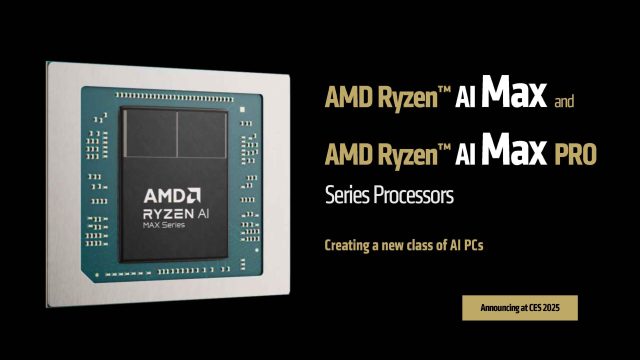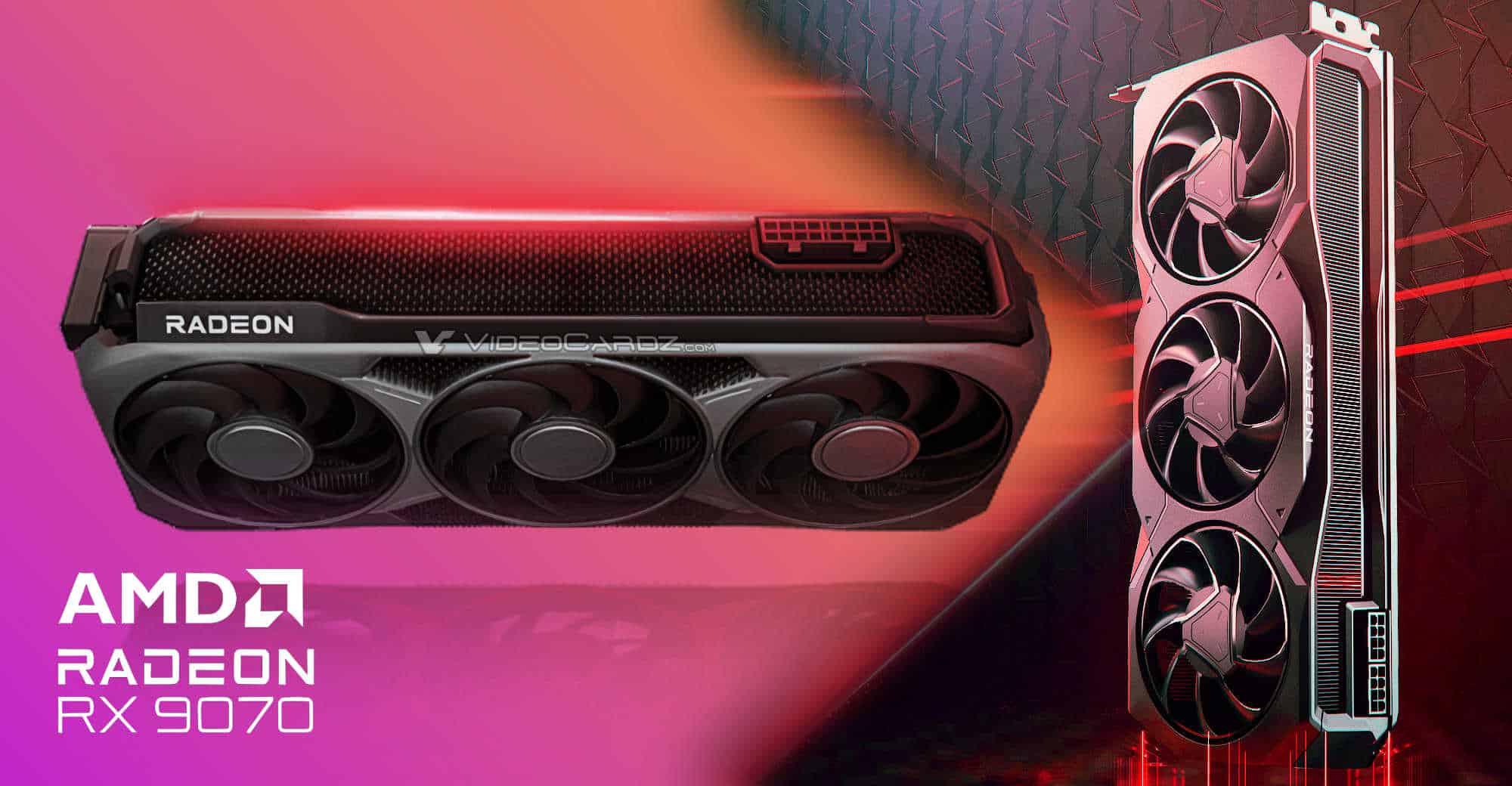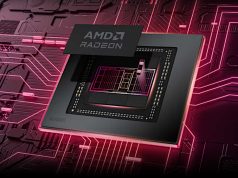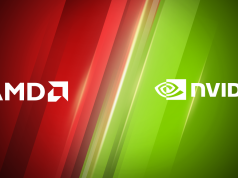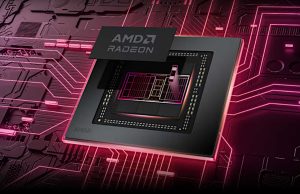At CES 2025 in Las Vegas, AMD made a significant impact by unveiling its new ‘Strix Halo’ Ryzen AI Max+ mobile processors. These powerful chips are designed to excel in the thin-and-light gaming laptop and AI workstation sectors with impressive specifications. The lineup includes four models: Ryzen AI Max+ 395/Pro, Ryzen AI Max 390/Pro, Ryzen AI Max 385/Pro, and Ryzen AI Max 380 Pro.
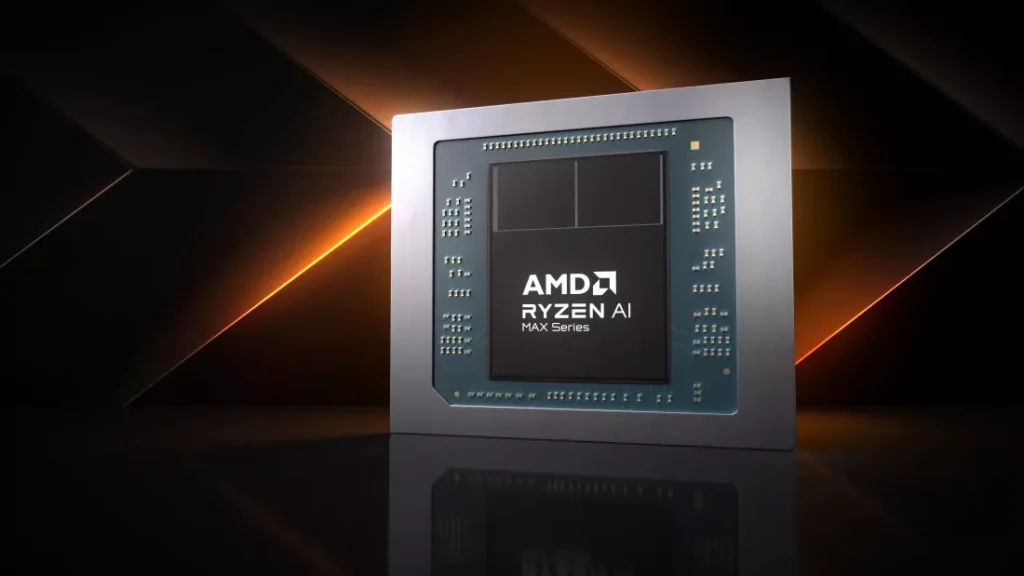
The flagship model, Ryzen AI Max+ 395, boasts 16 CPU cores, 40 GPU cores, and support for up to 128GB of shared RAM. The Ryzen AI Max+ 390, one tier below, features 12 CPU cores and 32 GPU cores. The Ryzen AI Max+ 385 is equipped with eight CPU cores and 32 GPU cores, while the Ryzen AI Max Pro 380, geared towards professional users, includes six CPU cores, 16 GPU cores, and additional security and manageability enhancements.
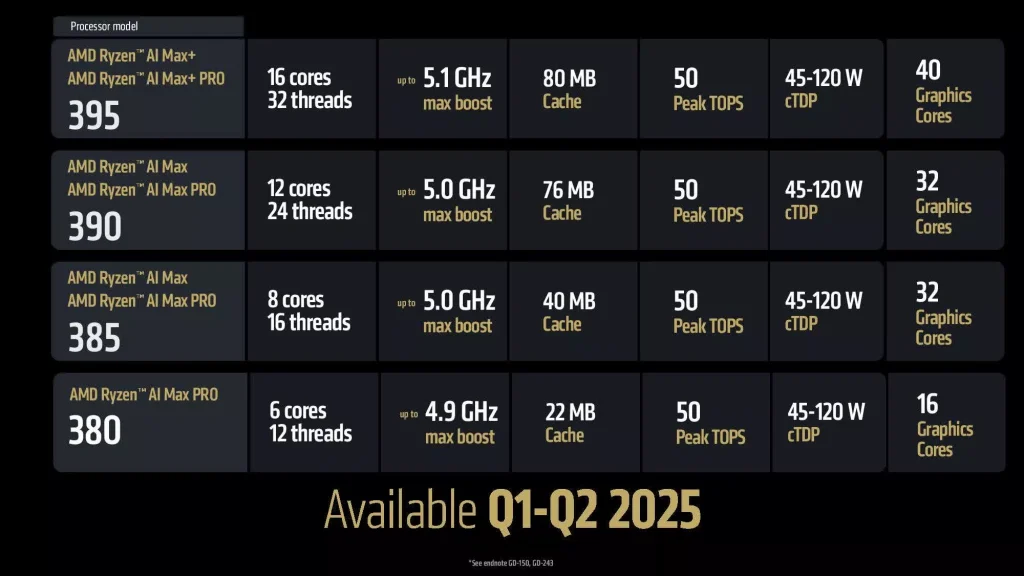
Each model comes with a base TDP of 55W, adjustable between 45W and 120W to accommodate more robust cooling solutions. The processors are built on an advanced 3nm process, utilizing a design where CPU cores are spread across two smaller chiplets, with the GPU and AI engines on a larger central I/O die. They also support up to 128GB of unified memory, with up to 96GB available for graphics, a feature AMD highlights as critical for seamless multitasking and handling “incredibly large AI models.”
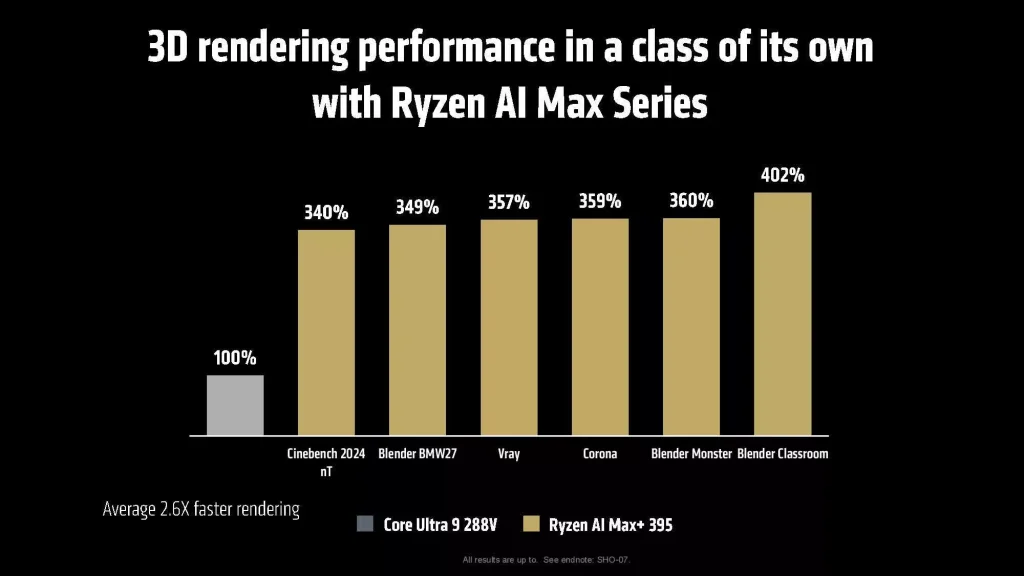
The standout Ryzen AI Max+ 395 features a 40-core RDNA 3.5 integrated GPU known as the Radeon 8060S, claimed by AMD to be the fastest integrated GPU in any Windows laptop.
According to AMD, the Ryzen AI Max+ 395 offers up to 1.4x faster gaming performance compared to Intel’s top Lunar Lake Core Ultra 9 288V chip. For AI workloads, AMD claims it delivers up to 2.2x higher performance than Nvidia’s desktop RTX 4090 GPU, while consuming 87 percent of the power.
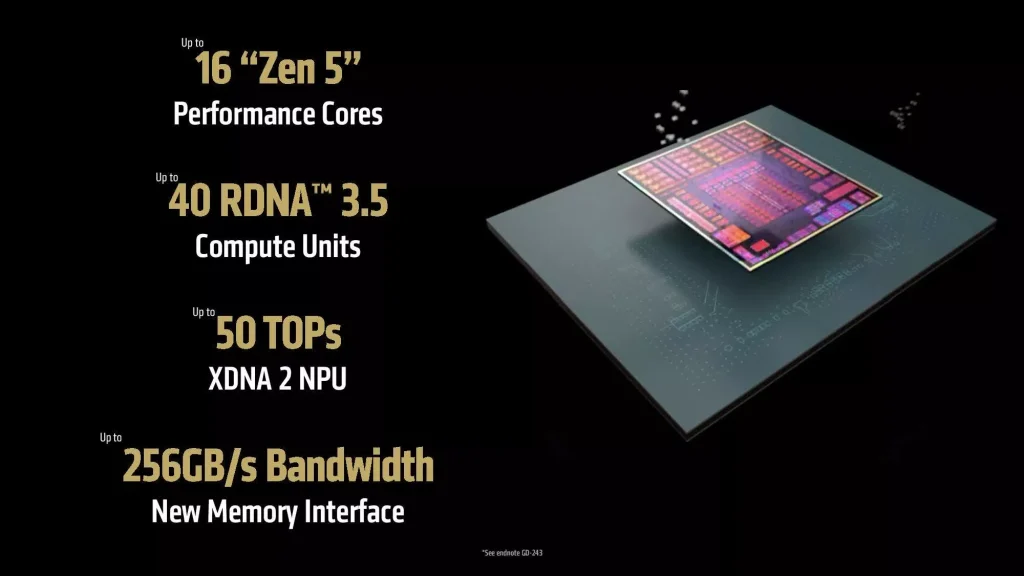
Besides gaming, AMD positions the Ryzen AI Max+ APUs as versatile powerhouses for demanding tasks like video rendering, 3D modeling, and data analytics. AMD’s benchmarks suggest these chips outperform Apple’s latest M4 Pro processors in popular render engines like V-Ray, Blender, and Corona. However, Cinebench scores reveal slightly less impressive, though still competitive, results.
While vendor-provided benchmarks should be taken with caution, if the processors can deliver performance levels close to AMD’s claims, they could represent a significant advancement.





